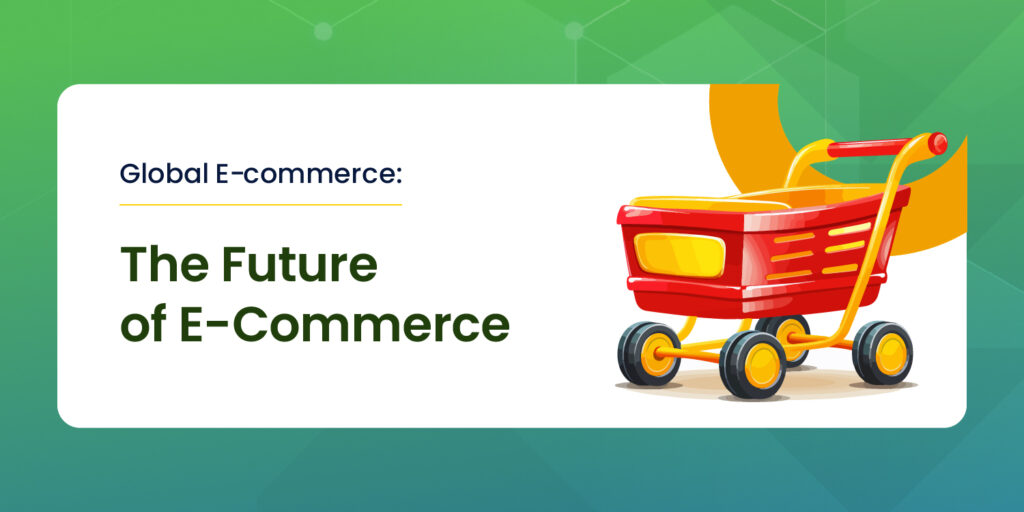Running an Amazon PPC campaign can be a very lucrative method for sellers to drive substantial sales for their product, increase the potential for more reviews, and boost visibility for new products.
However, it requires Amazon sellers to invest in a substantial amount of time to ensure their ad campaigns are correctly structured from the start. As a seller, this becomes critical as your business scales and you quickly find yourself managing a rapidly growing set of ad campaigns.
Amazon PPC (Pay-Per-Click) is an auction-style system in which advertisers bid on keywords. When an Amazon customer performs a search for a product, the sellers with the highest bids on relevant keywords win the auction, and their product ads get listed as a “Sponsored Products” in the search results. Advertisers only pay the bid price if their sponsored product ad gets clicked, hence, “pay-per-click”).
Since Amazon PPC campaigns are auctions, you will only ever have to pay one cent more than your competitor for the ad placement in the search results.
That is if you bid $3 for a keyword, but your competitor only bid $1, Amazon would only charge you $1.01 for the ad placement. But remember, Amazon sellers only pay when their ad gets clicked, not every time it appears in the search.
Paid traffic has an interesting history. It’s been around since 2000 and is both a science and art for many online businesses. It all started with Google AdWords (now called Google Ads). If you’ve done a Google search in the past 20 years, chances are you’ve seen some ads in your search results. In 2012, Amazon PPC Advertising came into play by allowing vendors and sellers to show off their products on Amazon’s site.
Note: If this is your first ad campaign, we recommend setting up a budget of $10 per day and keep the duration open-ended to track ongoing changes in your campaign.
Tip: Make sure to comb through your Search Term Report for long-tail keywords; these are the keywords used by customers with more specific search intent, meaning you will be targeting customers further down the conversion funnel. Long-tail keywords are lucrative for sellers because they tend to have a higher conversion rate and a lower CPC cost, as there is less competition for these keywords.
For Amazon sellers, it’s important to invest the time to learn how to structure your PPC campaigns correctly on Amazon. This becomes critical as your product volume grows, and you will want to have an optimal ad campaign structure in place which you can easily scale to support the growth of your Amazon business.

What We Do
Company
Resources
Careline:+1 (917) 5957762
© 2025 Assiduus Global INC. All Rights Reserved.



